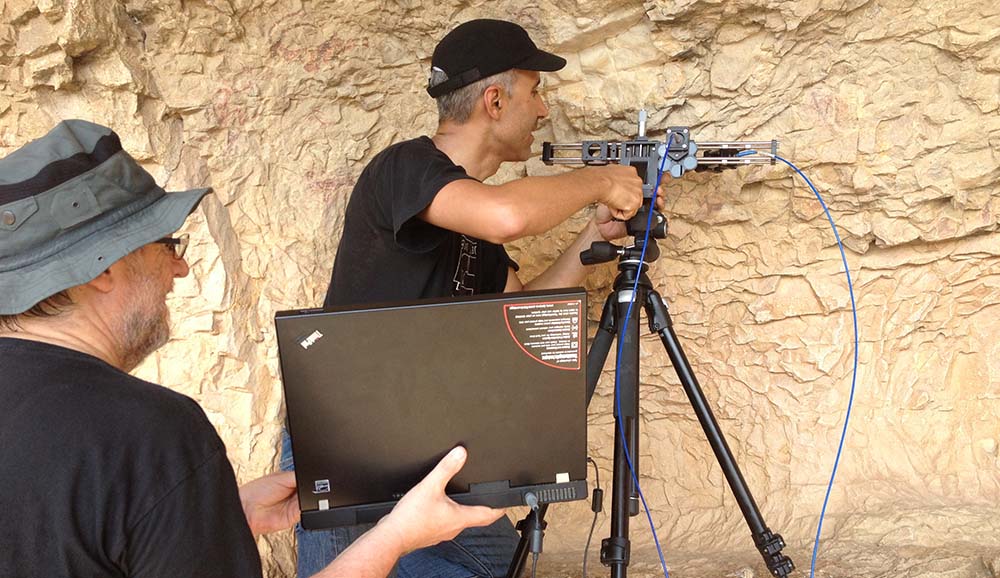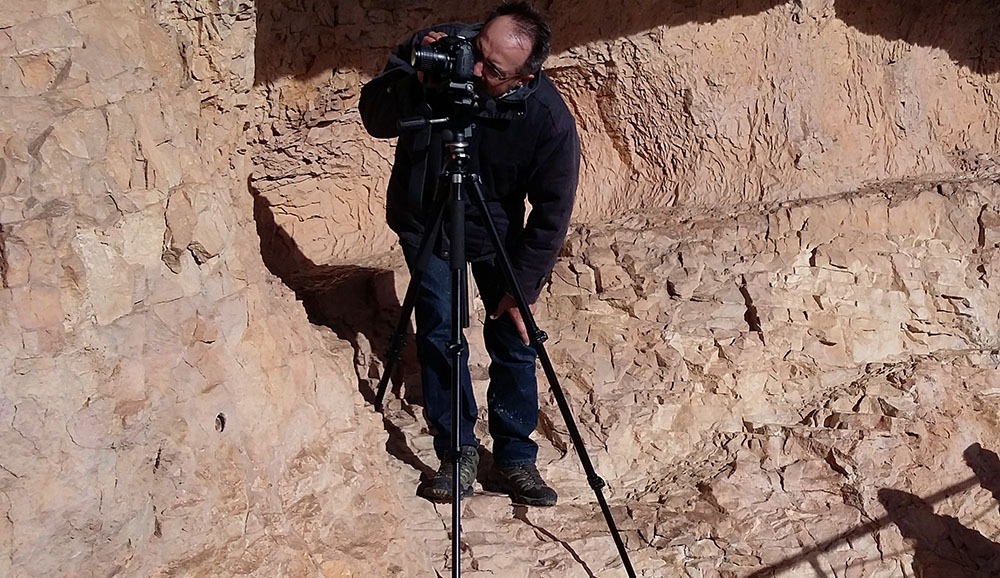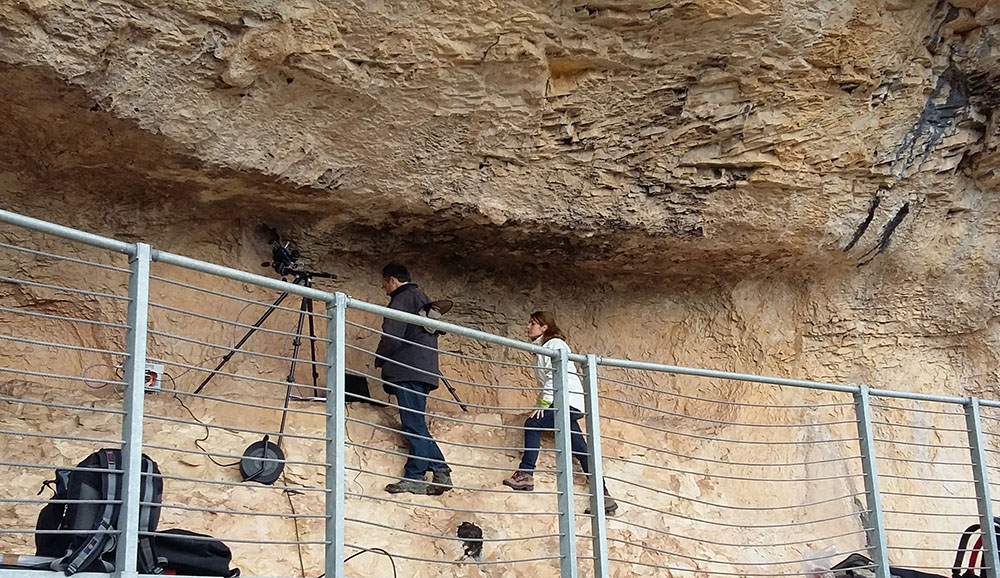Blanco, S.; Carrión, B.; Lerma, J. L. 2015. Documentación patrimonial mediante solutiones fotogramétricas y de escaneado láser, y su orientación a la generación de entornos virtuales. La Ciencia y el Arte V Ciencias experimentales y conservación del patrimonio, pp. 56-69. Ministerio de Educación, Cultura y Deporte. ISBN: 978-84-608-4003-9.
Basics of Range-Based Modelling Techniques in Cultural Heritage 3D Recording.
Grussenmeyer, P.; Landes, T.; Doneus, M.; Lerma, J. L. 2016. Basics of Range-Based Modelling Techniques in Cultural Heritage 3D Recording. 3D Recording, Documentation and Management of Cultural Heritage (Stylianidis, E.; Remondino, F., Eds.). ISBN: 978-184995-168-5. UK: Whittles Publishing. pp. 305-368.
Carrión-Ruiz, Berta; Blanco-Pons, Silvia; Lerma, José Luis. 2016. Digital image analysis of the visible region through simulation of rock art paintings. ARQUEOLÓGICA 2.0 - 8th International Congress on Archaeology, Computer Graphics, Cultural Heritage and Innovation. Valencia 5 – 7 September 2016. pp. 169-175, http://dx.doi.org/10.4995/arqueologica8.2016.3560
Navarro, S.; Lerma, J. L. 2016. Accuracy analysis of a mobile mapping system for close range photogrammetric projects. Measurement, 93: 148–156. http://dx.doi.org/10.1016/j.measurement.2016.07.030.
del Hoyo-Meléndez, J. M.; Lerma, J. L.; López-Montalvo, E.; Villaverde, V. 2015. Documenting the light sensitivity of Spanish Levantine rock art paintings. ISPRS Annals of the Photogrammetry, Remote Sensing and Spatial Information Sciences, II-5/W3: 53-59. http://dx.doi.org/10.5194/isprsannals-II-5-W3-53-2015.
Blanco-Pons, Silvia; Carrión-Ruiz, Berta; Lerma, José Luis. 2016. Review of augmented reality and virtual reality techniques in rock art. ARQUEOLÓGICA 2.0 - 8th International Congress on Archaeology, Computer Graphics, Cultural Heritage and Innovation. Valencia 5 – 7 September 2016. pp. 176-183, http://dx.doi.org/10.4995/arqueologica8.2016.3561



